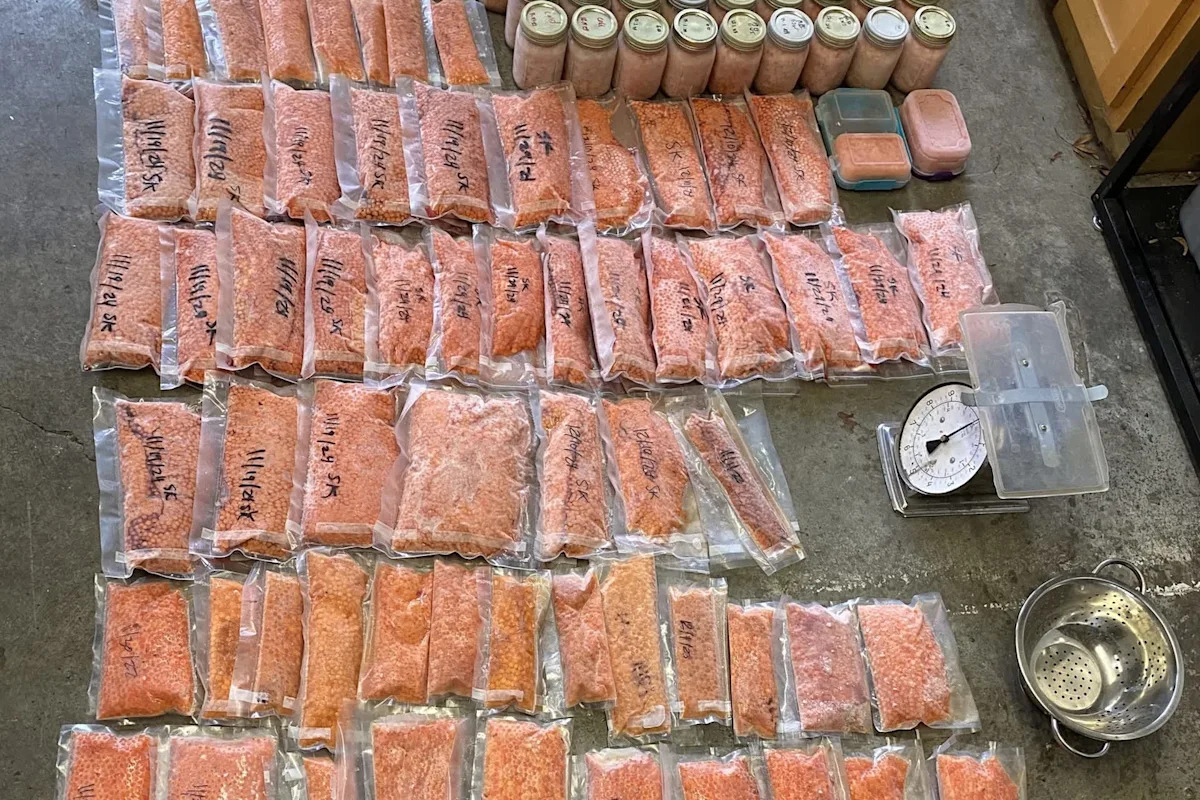California Department of Fish and Wildlife officials discovered and shut down caviar traffickers as part of a broader enforcement effort against wildlife poaching and smuggling, according to SFGate.
What happened?
Officers from the California Department of Fish and Wildlife have recently ramped up enforcement efforts against the illegal poaching of sturgeon and salmon along the Sacramento River. Under the California Endangered Species Act, both fish species are currently under consideration to be designated as “threatened.”
Fish populations are so stressed that salmon fishing on the Sacramento River has been off limits since 2023, while sturgeon fishing is limited to catch-and-release only. However, people still want caviar, and sturgeon caviar, in particular, can fetch quite a price.
SFGate reported that the department put out a news release stating there is “high demand and profitability of illegal caviar trafficking.”
As part of their enforcement efforts, wildlife officials stopped cars and conducted surveillance, which led to the capture of two groups possessing sturgeon. Meanwhile, a probe into the trafficking of the Dungeness crab led to the uncovering of a salmon poaching ring. The salmon poachers were harvesting and processing black market salmon roe, of which investigators seized over 150 pounds.
Why are animal poaching and trafficking concerning?
Animal poaching and trafficking can lead to the endangerment or extinction of species, especially if officials have already listed those species as threatened. If poachers and traffickers wipe a species out entirely, it disrupts local ecosystems, resulting in a chain reaction of widespread damage.
Watch now: Giant snails invading New York City?
Trafficking also turns species into invasive ones when smugglers relocate them to new regions across borders. Invasive species bring a host of problems, including threatening ecosystems by wiping out native species and reducing food security in areas that rely on fishing or using up available resources, resulting in native species losing access.
Invasive species can destroy ecological balance by harming water quality, damaging waterways, or destroying water infrastructure. This type of damage can also lead to increased costs of water treatment and repairs, which may be paid for by taxpayers.
What’s being done about traffickers in California?
The California Department of Fish and Wildlife is likely to continue efforts to curb fish poaching in the area.
As for the poachers they have already discovered, officials have issued several citations, though charges are still pending in some cases, which would result in further consequences. In the sturgeon poaching instances, SFGate reported that officers charged two people with “illegally capturing ‘an endangered or threatened’ species.”
Join our free newsletter for good news and useful tips, and don’t miss this cool list of easy ways to help yourself while helping the planet.
